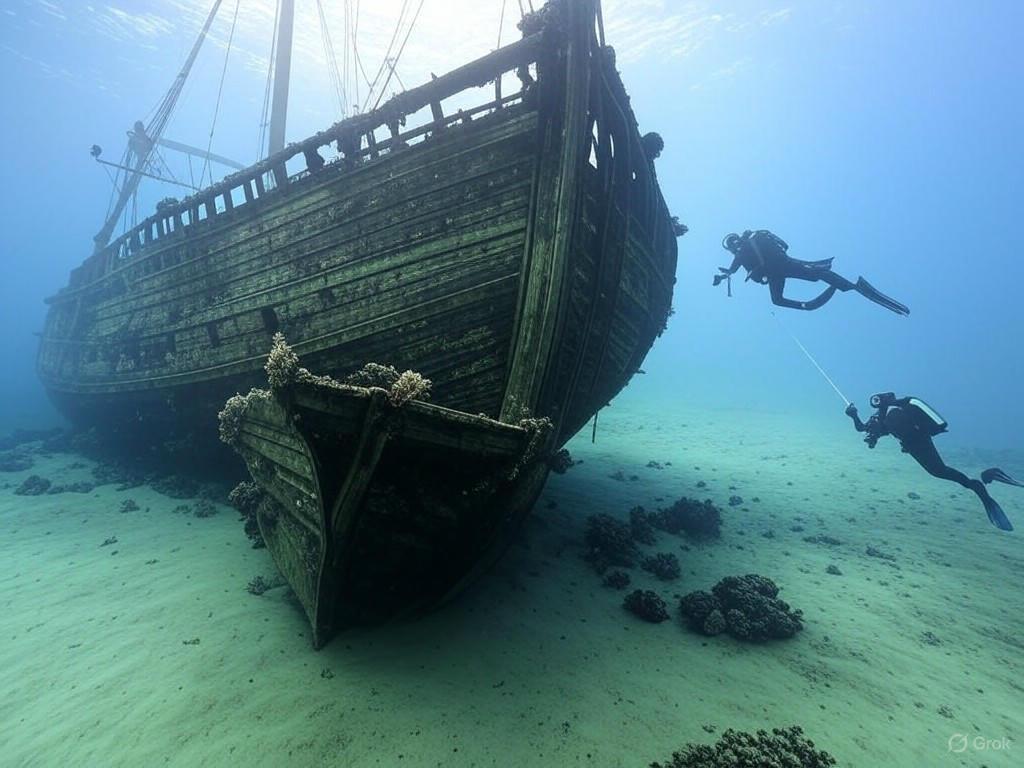The HMS Endeavour, a name synonymous with exploration and colonial ambition, has once again made waves in historical and scientific communities following the confirmation of its final resting place. This iconic vessel, commanded by Captain James Cook during his legendary Pacific expedition, was recently identified by the Australian National Maritime Museum (ANMM) at a site known as RI 2394 in Newport Harbor, Rhode Island[1].
The Endeavour's journey began in 1768, setting sail from England with the mission to explore the uncharted Southern Hemisphere. Its most significant achievement came in 1770, when the ship made landfall on the eastern coast of Australia, forever marking its place in history[2]. After its return to England, the vessel experienced several transformations - notably being sold, renamed as Lord Sandwich, and eventually used as a military transport[3].
In 1778, amid the American War of Independence, the vessel met its watery fate. The British forces, aiming to create a strategic blockade, deliberately scuttled the ship along with others in Newport Harbor[3]. Over centuries, the significance of this ship was nearly forgotten, until a dedicated team of archaeologists and historians rekindled the mystery.
The quest to identify the Endeavour began over two decades ago, driven by the combined efforts of the ANMM and the Rhode Island Marine Archaeology Project (RIMAP). This initiative utilized historical records, rigorous archaeological methodologies, and comparative analysis of ship artifacts to unravel the ship's history and the specifics of its final resting spot. Meticulous underwater surveys and wood analyses played pivotal roles in confirming the identity of RI 2394 as the HMS Endeavour[1].
One of the critical aspects of this discovery is the degree of collaboration among international researchers and authorities. While the final report from ANMM marked a 'definitive statement' of discovery, it was not devoid of contention. RIMAP initially expressed skepticism over premature claims, emphasizing the necessity for comprehensive evidence to address the historical complexities involved.
The identification of the Endeavour at Newport Harbor not only enriches our understanding of maritime history but also symbolizes the enduring narrative of exploration and cultural intersection. It serves as a poignant reminder of the ship's dual legacy - a vessel of discovery and a tool of colonization. This duality challenges modern sensibilities, inviting reflection on the impacts of such historical voyages.
As preservation efforts commence for the wreck, this historical find promises to inform educational projects and ongoing research dialogues. The commitment to protecting this site underscores the collaborative spirit needed to honor and learn from our shared past[3].
References:
1. Final Report on HMS Endeavour's Identification, Australian National Maritime Museum
2. Daily Mail's Article on the Endeavour's Discovery
3. The Guardian. "Final Resting Place of James Cook’s Endeavour Confirmed







